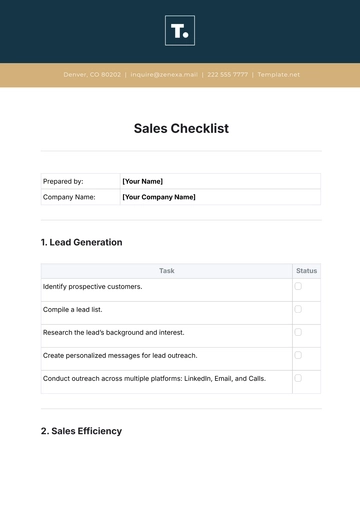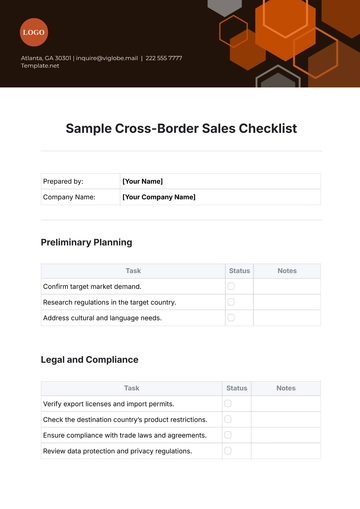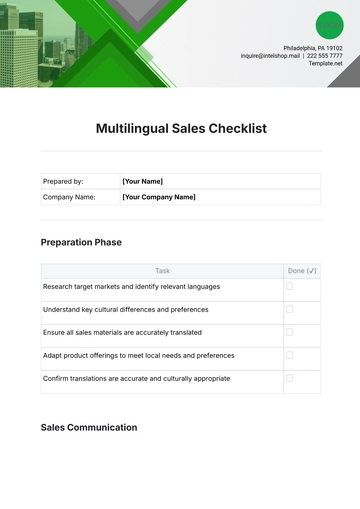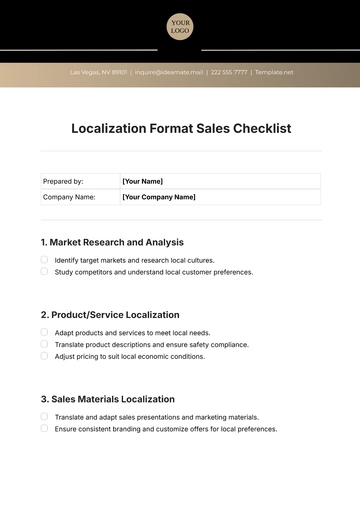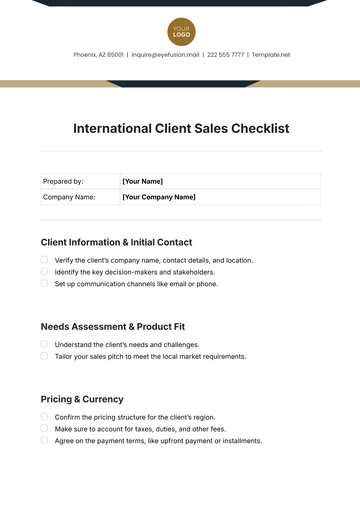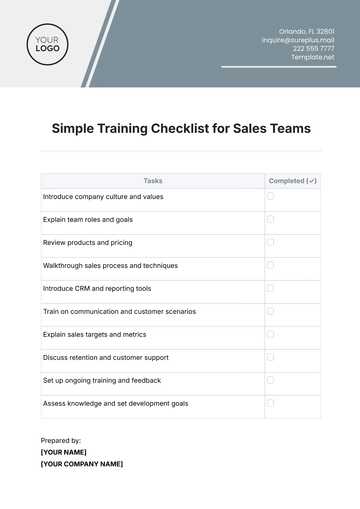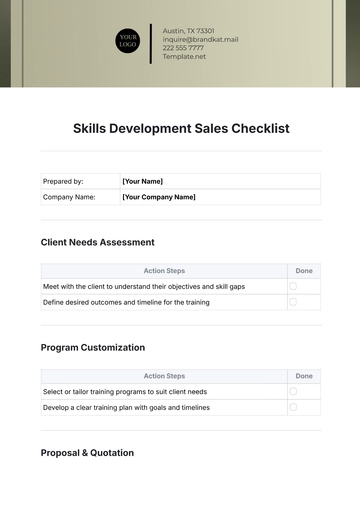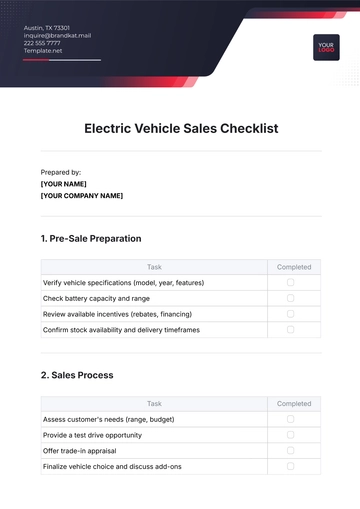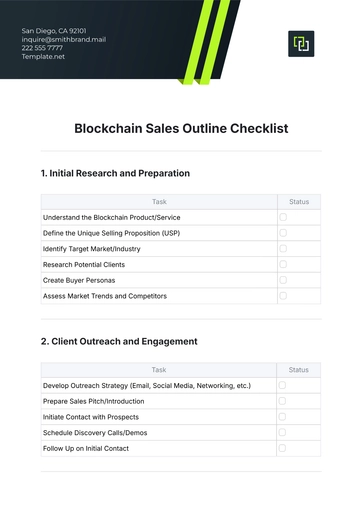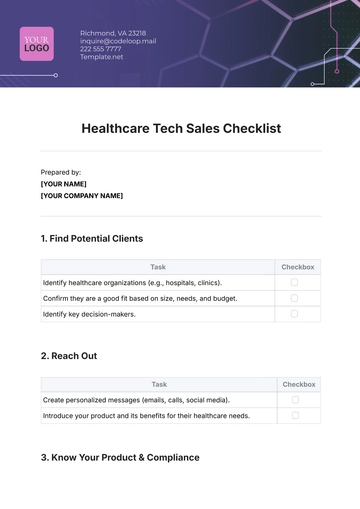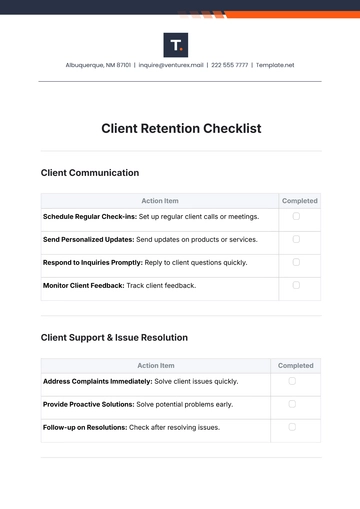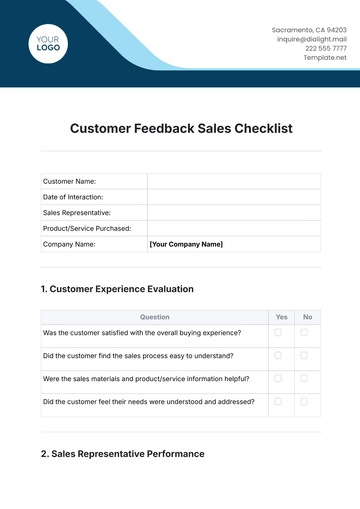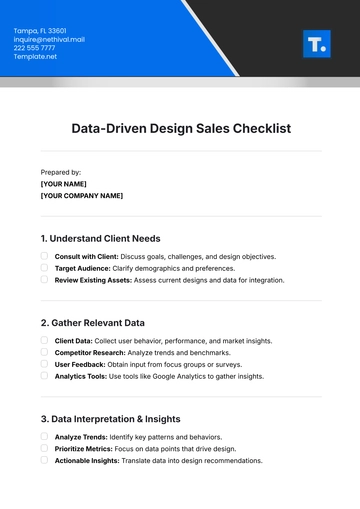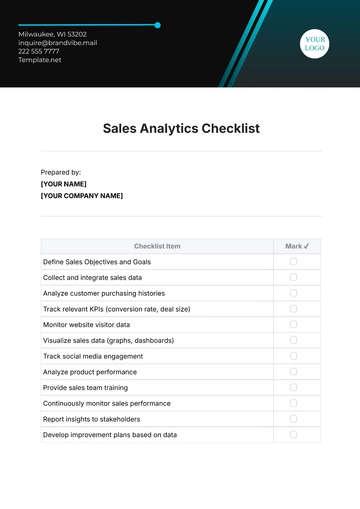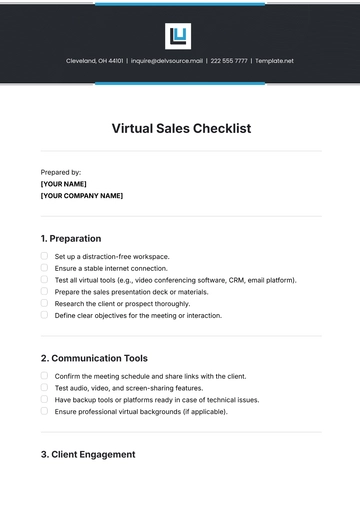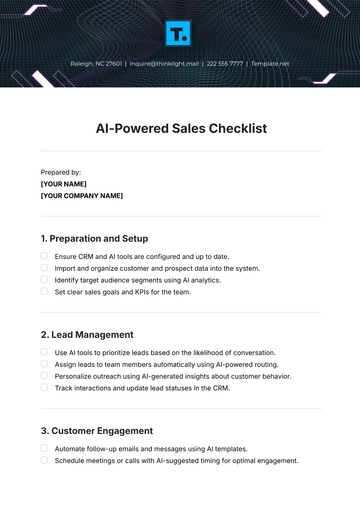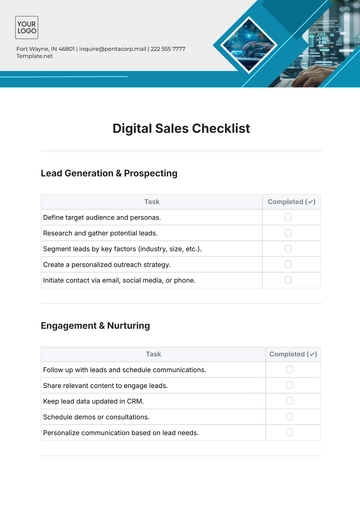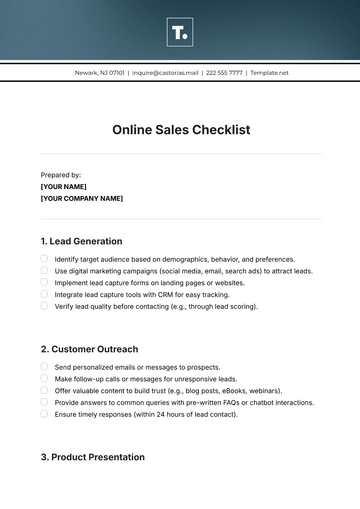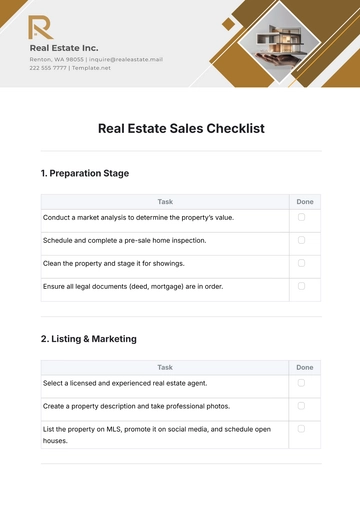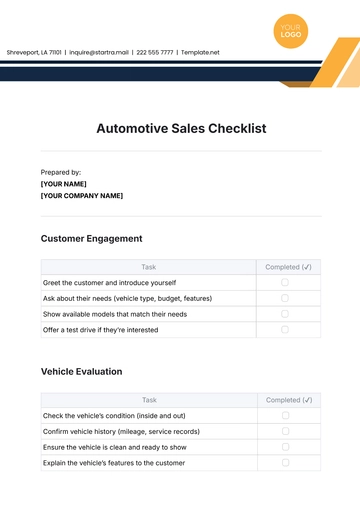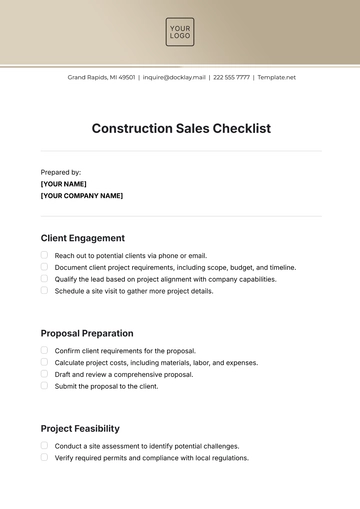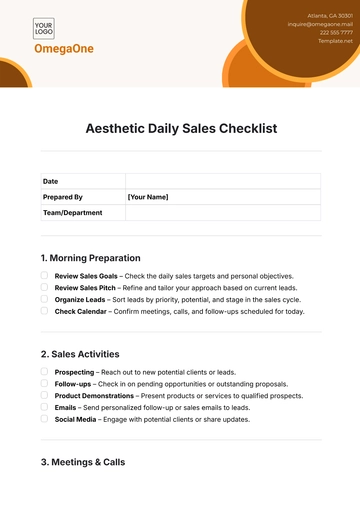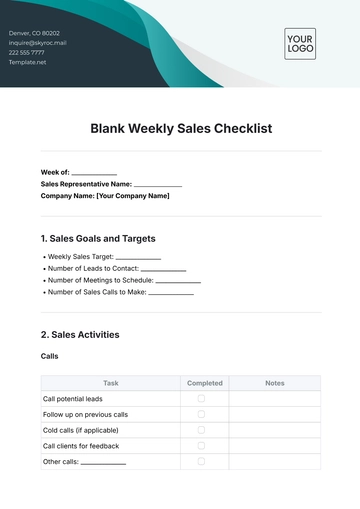Free Workplace Ergonomics Assessment Checklist

This checklist is designed to evaluate the ergonomics of the workplace environment at [Your Company Name]. The goal is to ensure a comfortable, safe, and productive working environment for all employees.
General Workplace Setup |
Desk and Chair Alignment |
|
|
|
Monitor Position |
|
|
|
Keyboard and Mouse Placement |
|
|
|
Lighting and Noise |
|
|
Employee Posture Analysis |
Seating Posture |
|
|
|
Arm Position |
|
|
|
Head and Neck Alignment |
|
|
Environmental Factors |
Air Quality |
|
|
Temperature and Humidity |
|
|
Ergonomics Risk Assessment |
Repetitive Strain Injuries (RSI) Risk |
|
|
Lifting and Handling |
|
|
Employee Comfort and Feedback |
Comfort Survey |
|
|
Feedback Mechanism |
|
|
Action Plan |
Immediate Actions |
|
|
Long-term Strategies |
|
|
This checklist is to be reviewed and filled out by the designated ergonomics officer at [Your Company Name]. It is part of the company's ongoing commitment to employee health and productivity.
The checklist should be completed quarterly to ensure continuous ergonomic improvement and adherence to best practices. The results should be documented and stored in the Ergonomics Assessment File for future reference and audits.
- 100% Customizable, free editor
- Access 1 Million+ Templates, photo’s & graphics
- Download or share as a template
- Click and replace photos, graphics, text, backgrounds
- Resize, crop, AI write & more
- Access advanced editor
Introducing Template.net's Workplace Ergonomics Assessment Checklist Template, a vital resource for assessing ergonomic risks. Fully customizable and editable with our Ai Editor Tool, this template empowers businesses to optimize workspaces for employee health and productivity. Ensure compliance with ergonomic standards effortlessly using our user-friendly platform. Simplify ergonomic assessments and promote workplace well-being with this comprehensive checklist solution.
You may also like
- Cleaning Checklist
- Daily Checklist
- Travel Checklist
- Self Care Checklist
- Risk Assessment Checklist
- Onboarding Checklist
- Quality Checklist
- Compliance Checklist
- Audit Checklist
- Registry Checklist
- HR Checklist
- Restaurant Checklist
- Checklist Layout
- Creative Checklist
- Sales Checklist
- Construction Checklist
- Task Checklist
- Professional Checklist
- Hotel Checklist
- Employee Checklist
- Moving Checklist
- Marketing Checklist
- Accounting Checklist
- Camping Checklist
- Packing Checklist
- Real Estate Checklist
- Cleaning Checklist Service
- New Employee Checklist
- Food Checklist
- Home Inspection Checklist
- Advertising Checklist
- Event Checklist
- SEO Checklist
- Assessment Checklist
- Inspection Checklist
- Baby Registry Checklist
- Induction Checklist
- Employee Training Checklist
- Medical Checklist
- Safety Checklist
- Site Checklist
- Job Checklist
- Service Checklist
- Nanny Checklist
- Building Checklist
- Work Checklist
- Office Checklist
- Training Checklist
- Website Checklist
- IT and Software Checklist
- Performance Checklist
- Project Checklist
- Startup Checklist
- Education Checklist
- Home Checklist
- School Checklist
- Maintenance Checklist
- Planning Checklist
- Manager Checklist
- Wedding Checklist
- Vehicle Checklist
- Travel Agency Checklist
- Vehicle Inspection Checklist
- Interior Design Checklist
- Backpacking Checklist
- Business Checklist
- Legal Checklist
- Nursing Home Checklist
- Weekly Checklist
- Recruitment Checklist
- Salon Checklist
- Baby Checklist
- Equipment Checklist
- Trade Show Checklist
- Party Checklist
- Hospital Bag Checklist
- Evaluation Checklist
- Agency Checklist
- First Apartment Checklist
- Hiring Checklist
- Opening Checklist
- Small Business Checklist
- Rental Checklist
- College Dorm Checklist
- New Puppy Checklist
- University Checklist
- Building Maintenance Checklist
- Work From Home Checklist
- Student Checklist
- Application Checklist
